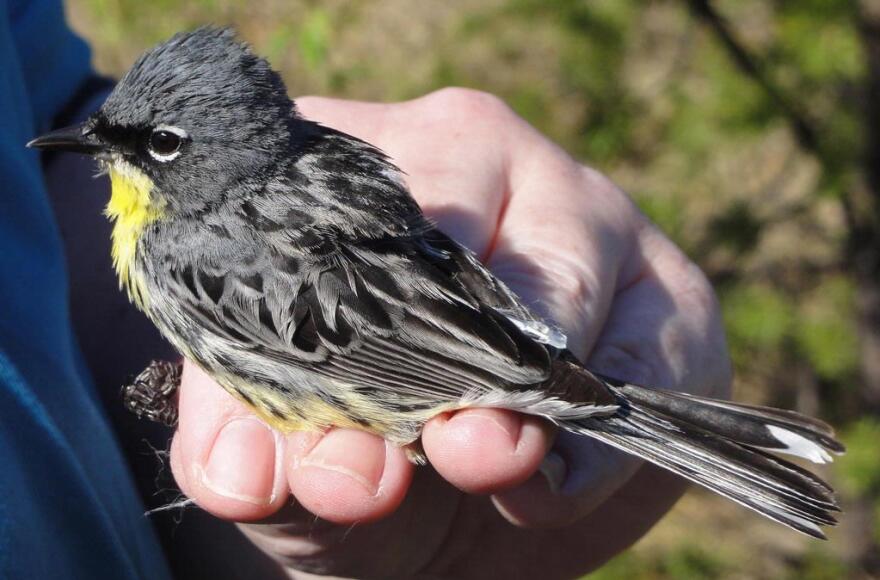October is a time of falling leaves, eager trick-or-treaters, and the southward migration of the exceptionally rare Kirtland's warbler.
The Kirtland's warbler is found almost exclusively in the jack pine forest of northern Michigan. To counteract the devastating impact of habitat loss on the bird's population, the Michigan Department of Natural Resources initiated the Kirtland's Warbler Management Plan in 1981.
This plan included "monitoring breeding population[s] of the Kirtland's warbler to evaluate responses to management practices and environmental changes."
As far as monitoring, it was known that the Kirtland's warbler migrated to the Bahamas during the winter months. But the flight path they took to get there remained a mystery – until now.
In 2012, Dan Elbert of the East Lansing U.S. Fish and Wildlife Field Office began a project in collaboration with Dr. Pete Marra of the Smithsonian Institute to place trackers on several of the warblers before they began their winter trek.
The first round of data were presented last March. The data were so promising that another group of birds were fitted with geolocators this past summer. The data from those geolocators are expected to be recovered when the birds return to Michigan next spring.
–Ari Sandberg, Michigan Radio Newsroom






